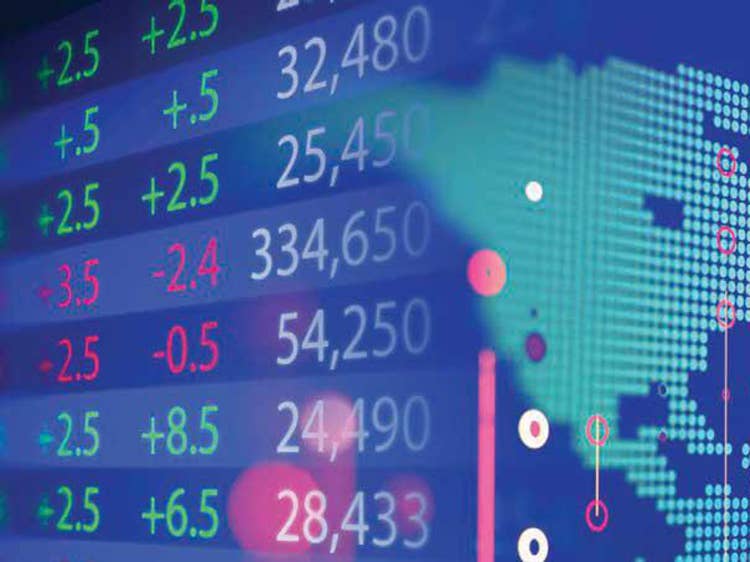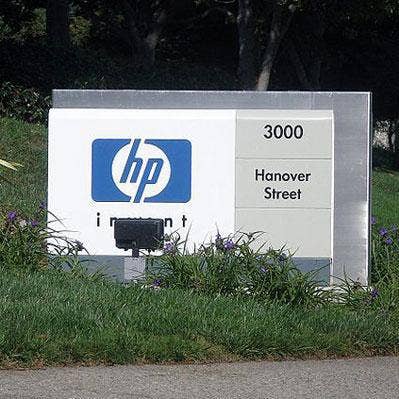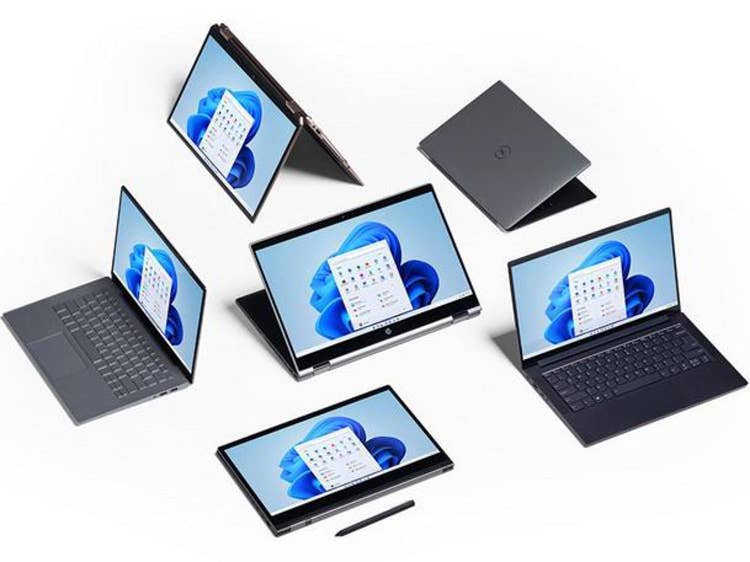HP Q1 Earnings: 5 Things To Know
HP’s revenue didn’t meet expectations but earnings per share came out ahead.

HP is feeling the effects of corporate IT budget tightening, but the vendor is still investing in partners and offerings to entice customers once the economic downturn passes.
These are some of the takeaways from the Palo Alto, Calif.-based vendor’s report for the first quarter of its fiscal year – a quarter that ended Jan. 31.
A Wednesday report from investment bank Credit Suisse said that HP’s revenue didn’t meet expectations but earnings per share came out ahead, so investors are happy.
[RELATED: 3 Big Ways HP Amplify Is Driving Partner Profits]
Mixed Results In HP Q1 Earnings
Revenue was down 19 percent year over year to $13.83 billion. Investors expected more than $14 billion, according to the report.
Looking ahead, Credit Suisse analysts will watch for how long PC demand recovery will take, whether HP can hold its printer pricing, how HP deals with supply chain challenges and whether HP’s restructuring plan – which includes the layoffs of between 4,000 and 6,000 employees – will produce enough savings.
Other takeaways from the earnings call included:
*HP continuing with its “Future Ready” plan
*Investing in AI and subscriptions
*Standardizing personal systems on fewer platforms to reduce component complexity
Here’s what you need to know.

No ‘Significant Economic Recovery’ This Fiscal Year
HP Inc. executives do not expect a “significant economic recovery” in the current fiscal year given corporate budget tightening, moderated large enterprise demand and elevated channel inventory.
“Looking ahead, we are not expecting a significant economic recovery during fiscal year 2023,” Lores said on Wednesday’s earnings call. “We continue to expect our second-half performance to improve relative to the first half, driven by our cost-saving measures and as improved channel inventory levels create a more normalized pricing environment.”
However, the Palo Alto, Calif.-based PC and printer vendor kept its outlook for the fiscal year—a positive for investors.
HP still expects free cash flow for the fiscal year of between $3 billion and $3.5 billion, with the majority likely generated in the second half of the year, according to Credit Suisse’s Wednesday report. A PC market recovery and reducing inventory will help drive revenue.
Although HP previously saw consumer demand weaken, it finally saw corporate budgets take a hit during the first quarter of its 2023 fiscal year, which ended Jan. 31.
“We have seen weakening demand from the corporate, enterprise space and we have seen—especially large companies—becoming more conscious about how they use their budgets,” Lores said on the earnings call. “And this has had an impact on the PC side.”

Partners Still Key
HP continues to view partners as key to bringing in revenue, President and CEO Enrique Lores told CRN Tuesday.
“As we design our new businesses, whether they are transactional- or product-based or service-based, we always do that thinking about how the channel will participate and actually improve and complement our solution,” Lores said. “This is how we think about the business and how we will continue to do it.”
HP and HP partners stand to benefit as commercial customers commit to hybrid models of working from home and working from an office, “fueling demand for peripherals and other collaboration solutions,” Lores said.
“Hybrid work is a long-term secular trend driving innovation across our portfolio,” Lores said.
HP’s so-called hybrid systems business “more than doubled year over year,” he said, without giving specific numbers.

‘Future Ready Plan’ Continues
HP outlined during its previous quarterly earnings call in November the steps it is taking to reduce expenses — a “future-ready plan,” as HP has called it — as it navigates a tough demand environment.
HP said it would lay off between 4,000 and 6,000 employees, joining other vendors such as Microsoft, Salesforce and Dell Technologies as increased demand for technology during the height of the pandemic returns to normal.
More than 900 HP employees opted into a voluntary early retirement program with enhanced benefits in the U.S. Most of those employees are expected to leave HP during the second quarter.
The vendor is also standardizing personal systems on fewer platforms to reduce component complexity, HP Chief Financial Officer Marie Myers said on the earnings call.
“We expect these initiatives to reduce duplication and improve our agility and response time to shifting market needs,” she said.
HP is on track to deliver at least 40 percent of its promised $1.4 billion in gross annual run rate structural cost savings over three years by the end of the current fiscal year, Lores said Wednesday.
“By focusing on what we can control, we believe we are well-positioned to navigate near-term volatility,” Lores said. “And by maintaining investments in our growth priorities, we are strengthening the company for the future.”

PC Market
While HP expects PC unit counts may fall to pre-pandemic levels in the short term, “we expect it will remain at a structurally higher level with more premium and high-value mix,” Lores said.
He went on to elaborate that “the install base is significantly higher than what it was before, and therefore at some point these PCs need to be refreshed.”
The growing configuration requirements for PCs, growing demand for videoconferencing systems, cameras and other hybrid work hardware, and the appetite for subscriptions all have Lores bullish on PCs overall, he said.

Investing In The Future
HP is investing in its “workforce services and solutions” organization created last year and shifting a greater revenue mix to digital services.
And HP invested in more digital customer support, including interactive voice response technology based on artificial intelligence, Myers said.
In the AI space, HP is continuing to work on workstations that meet a “new category of high-performance PCs specifically designed for data science and AI applications,” Lores said.
The company has partnered with chipmaker Nvidia on more production platforms around data science and AI.
Although HP’s industrial graphics and 3-D units saw revenue decrease by an unspecified amount year over year, Lores called this “a short-term situation, and we plan to continue to invest in these areas to drive long-term growth and value creation.”
Key growth businesses, including Poly‚ the collaboration technology vendor HP bought for $3.3 billion last year, grew double digits during the quarter, Lores said.